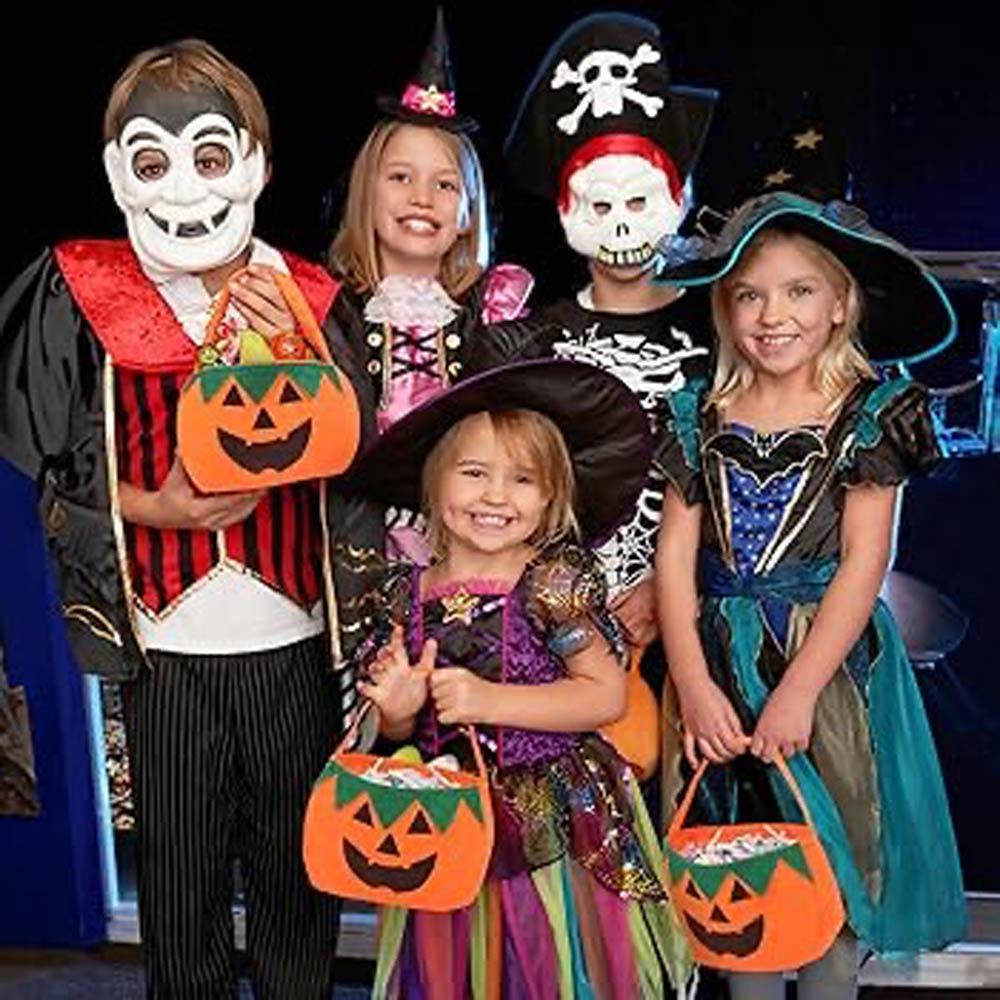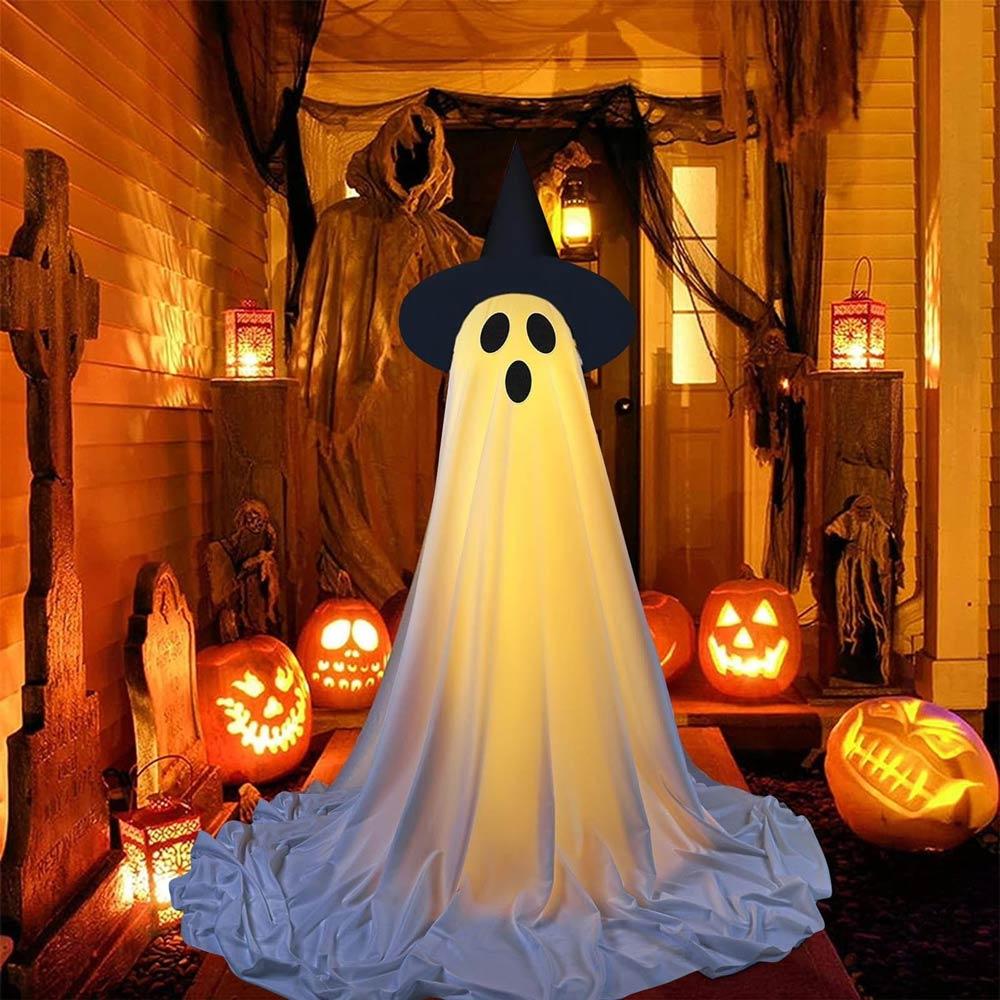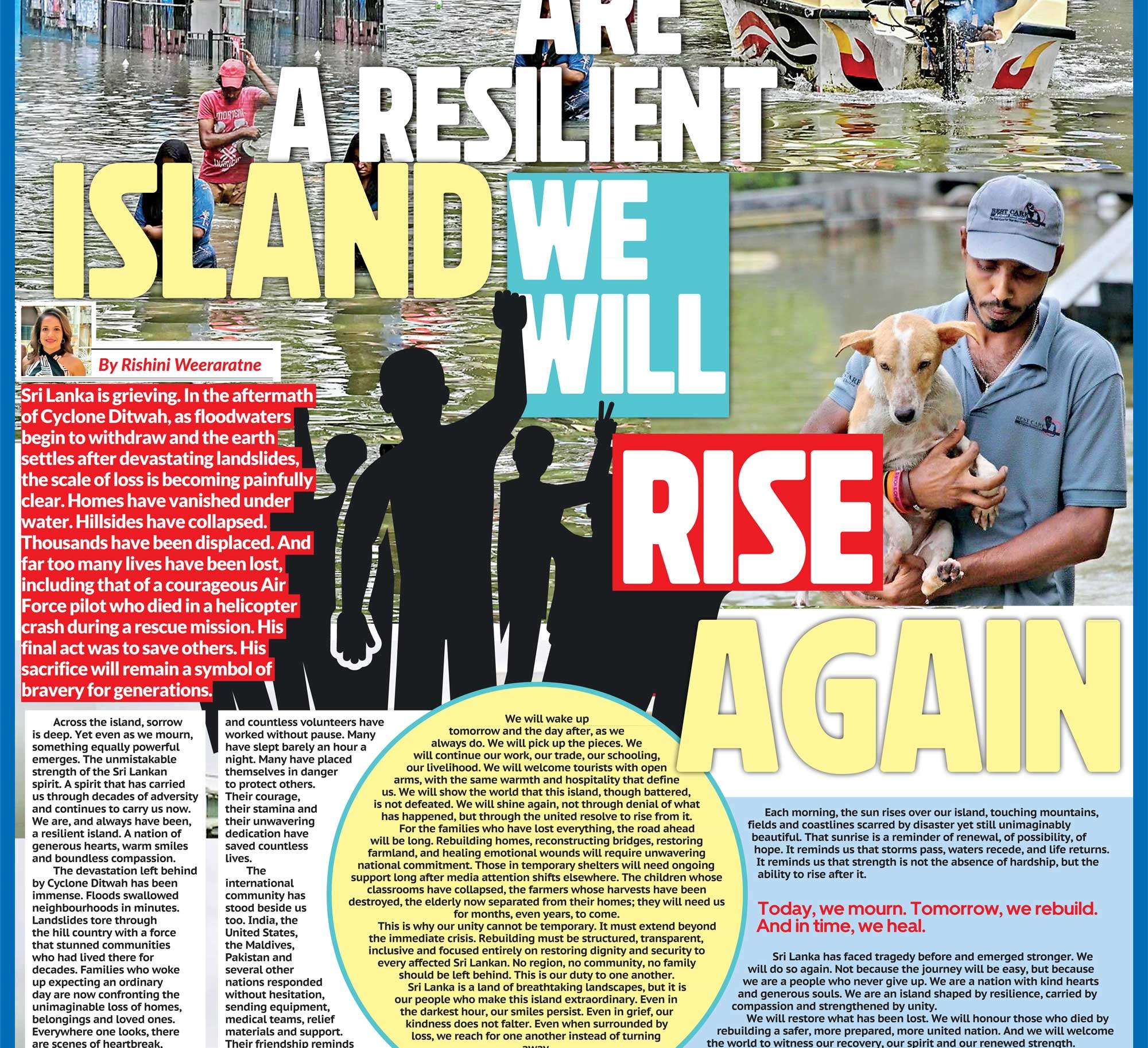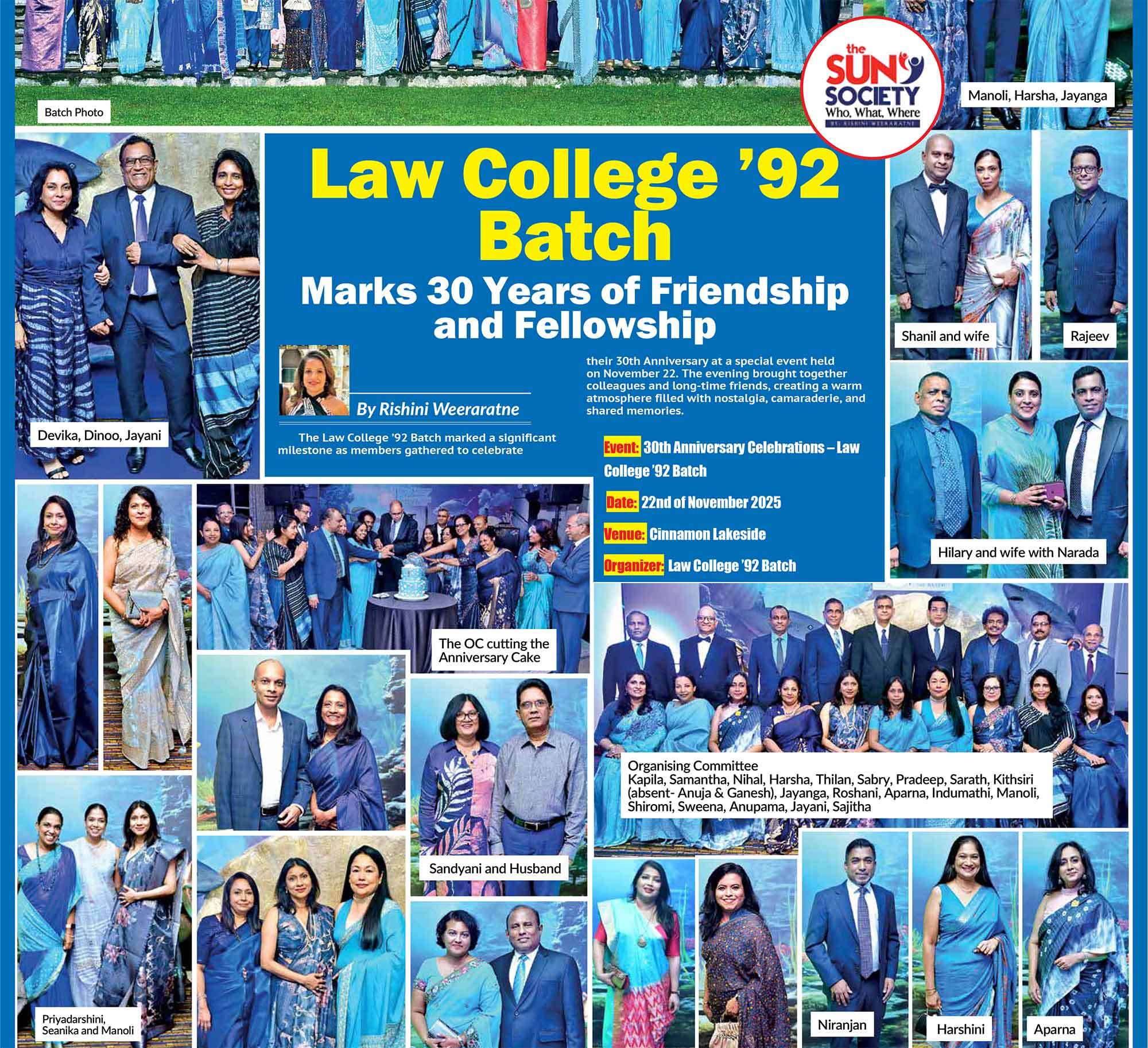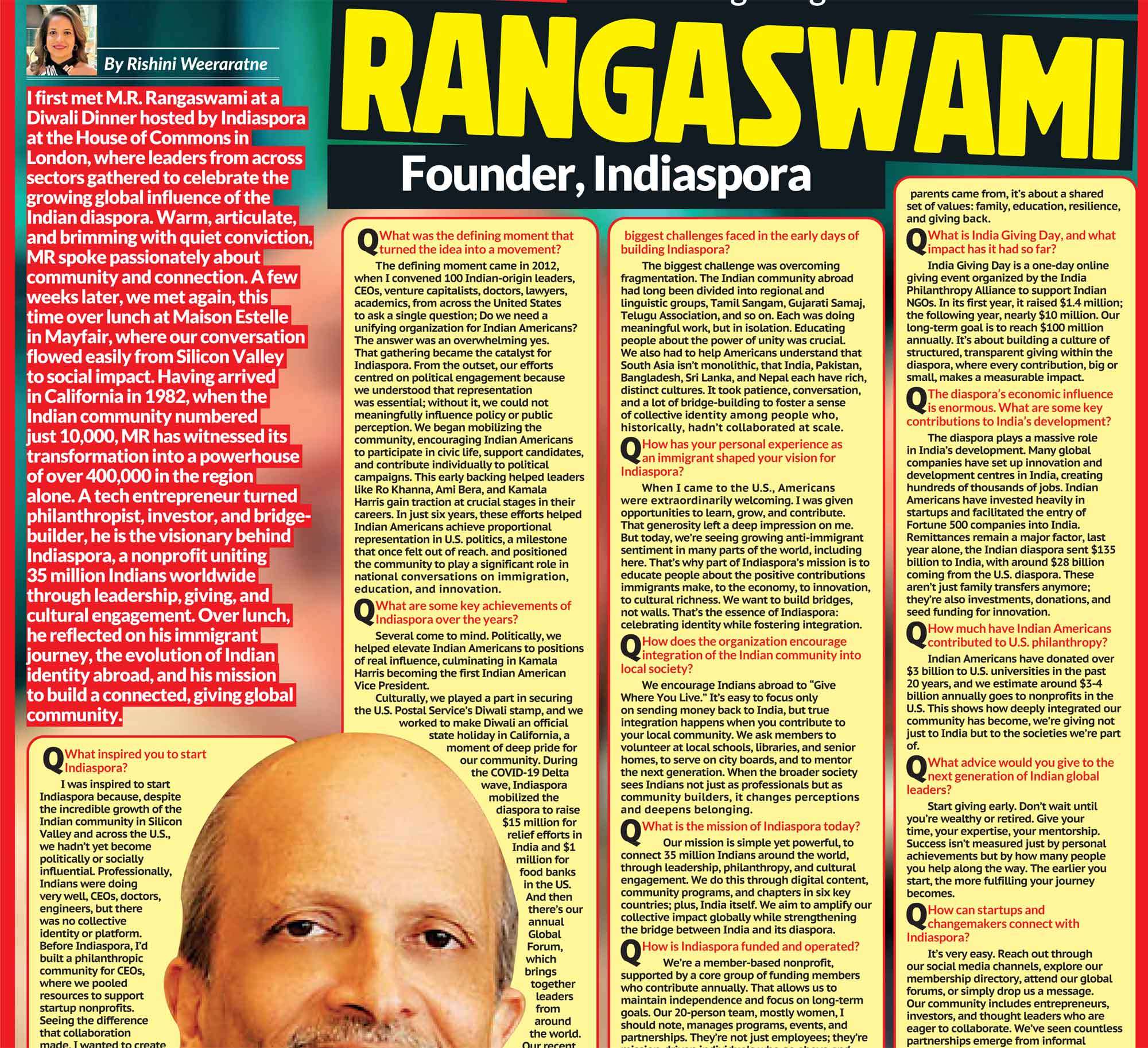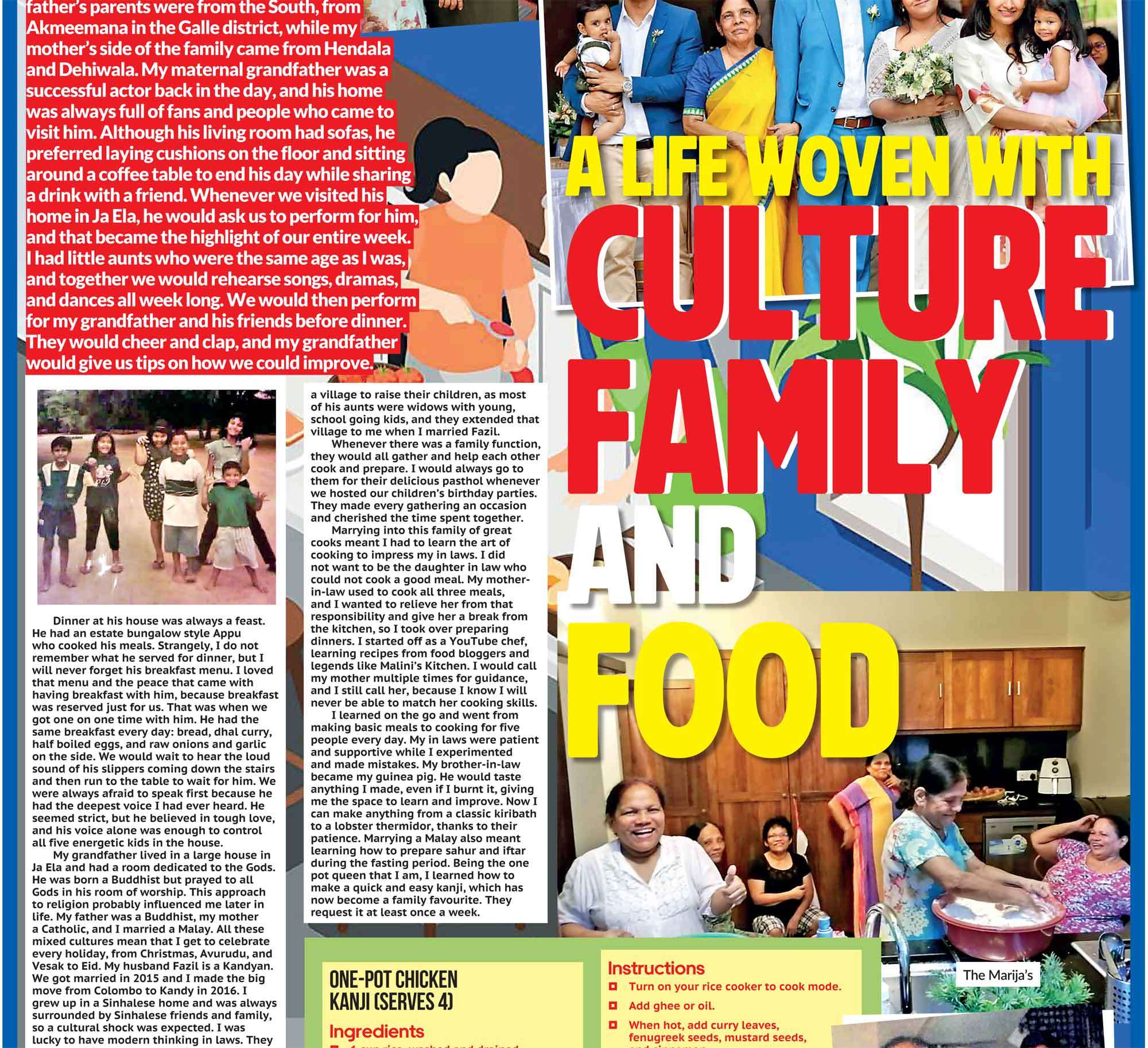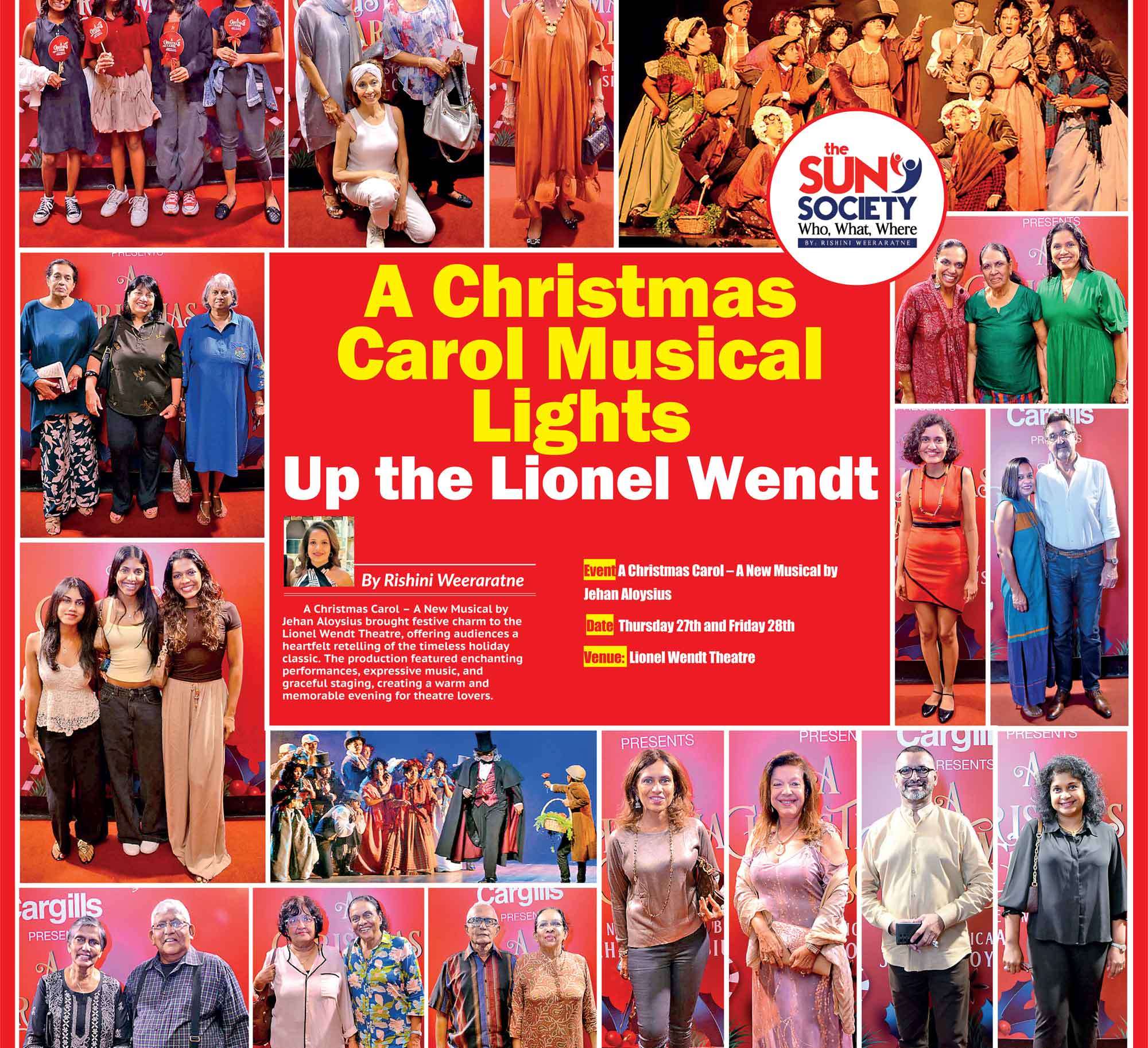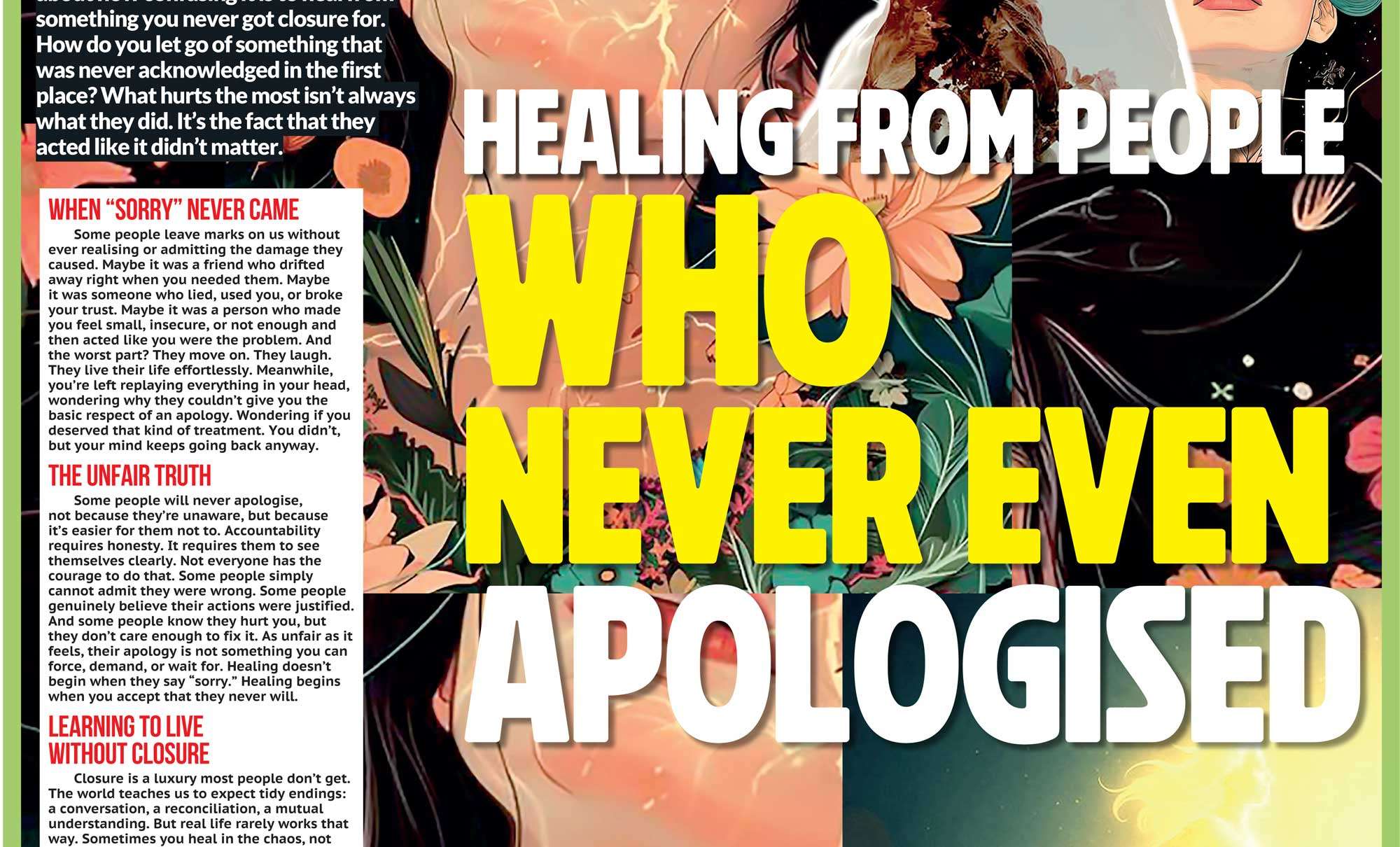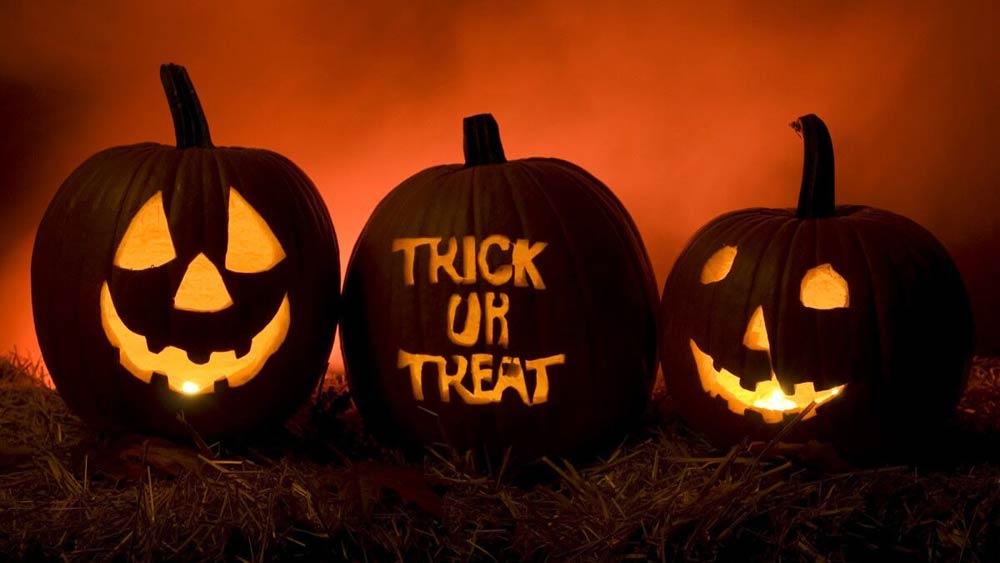
Every year on the night of October 31, millions of people across the world transform into ghosts, witches, superheroes, and movie characters. Streets come alive with carved pumpkins, flickering candles, and laughter as children go door-to-door chanting “Trick or treat!” But behind the candy and costumes lies a festival steeped in centuries of history a night born from ancient Celtic rituals, shaped by religious influences, and reimagined by popular culture. Halloween is more than a celebration of fright; it’s a reflection of humanity’s fascination with the supernatural and its creative ways of confronting the unknown.
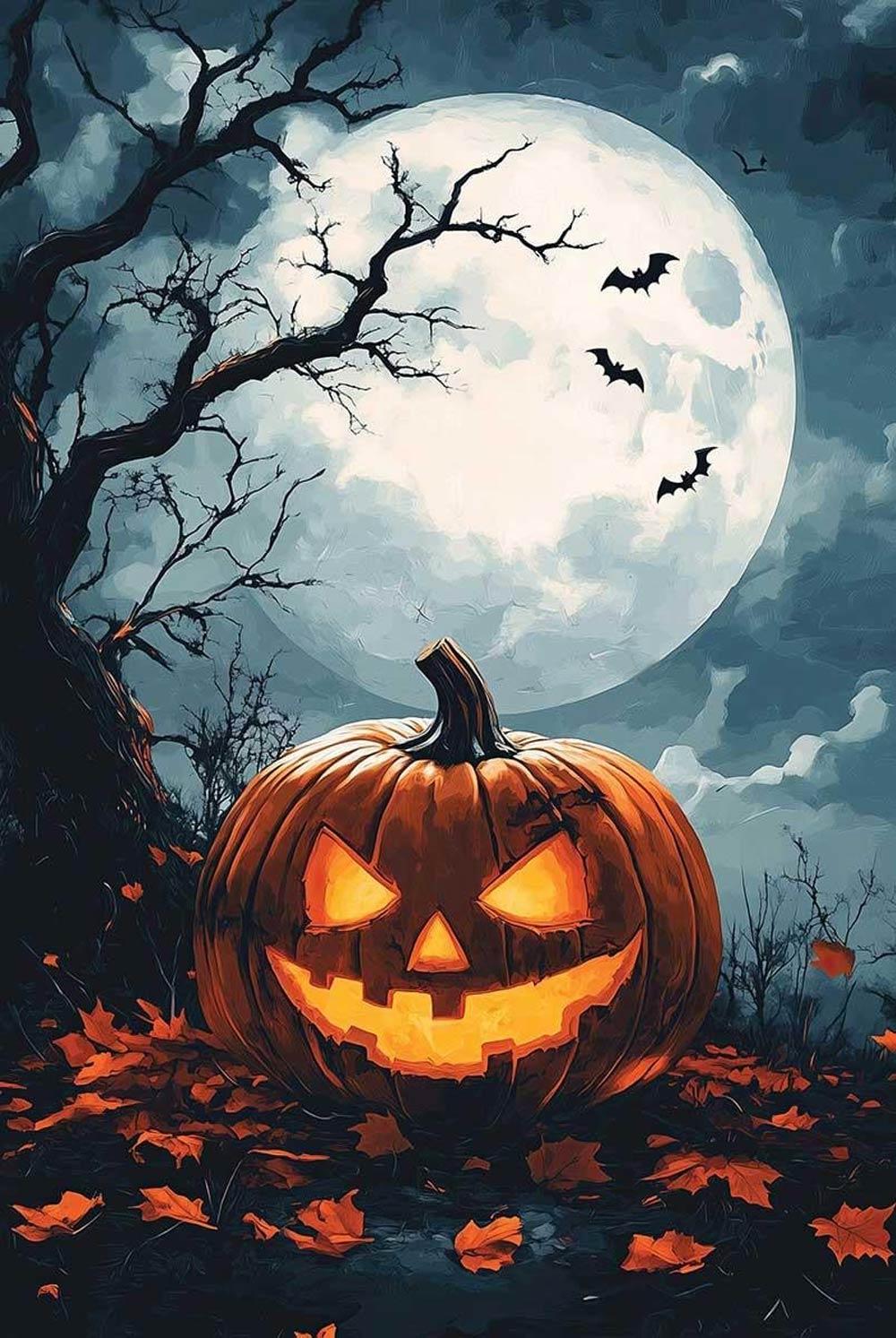 Origins: The Celtic Roots of Samhain
Origins: The Celtic Roots of Samhain
The story of Halloween begins over 2,000 years ago with the ancient Celts who lived in what is now Ireland, the United Kingdom, and northern France. They celebrated Samhain (pronounced “sow-in”), marking the end of the harvest season and the beginning of winter a time associated with darkness and death. The Celts believed that on the night of October 31, the boundary between the living and the dead blurred, allowing spirits to roam the earth. To ward off these wandering souls, people lit huge bonfires and wore animal skins or masks to disguise themselves from malevolent ghosts. Food was also left outside homes as offerings to appease spirits. It was a night of both reverence and fear a symbolic reminder that death was part of life’s eternal cycle. When the Roman Empire conquered Celtic territories, two Roman festivals, Feralia, commemorating the dead, and Pomona, honoring the goddess of fruit and trees were merged with Samhain. Some historians believe this is why apples, symbolizing Pomona, became linked to Halloween traditions such as apple bobbing.
Christian Influence: From Samhain to All Hallows’ Eve
By the 8th century, the spread of Christianity began to reshape pagan traditions. In 731 AD, Pope Gregory III designated November 1 as All Saints’ Day (also called All Hallows’ Day), a time to honor saints and martyrs. The night before became known as All Hallows’ Eve, which over time was shortened to Halloween. Rather than abolish the pagan festival, the Church sought to adapt it transforming Samhain’s spiritual overtones into a Christian context. Still, many of the ancient customs survived, blending sacred and secular rituals. The lighting of candles to guide souls, the wearing of costumes, and the belief in spirits persisted under new religious guises.
Medieval Traditions: Souls, Spirits, and Superstitions
During the Middle Ages, Halloween took on new meanings. In parts of Britain and Ireland, people practiced “souling” visiting houses to beg for “soul cakes” in exchange for prayers for the dead. Children and the poor would chant:
“A soul cake, a soul cake. Please, good missus, a soul cake. One for Peter, two for Paul, Three for Him who made us all.”
This practice is seen as the precursor to modern trick-or-treating.
Meanwhile, “guising” wearing costumes and performing small tricks for food or coins became popular in Scotland and Ireland. People believed disguises would protect them from spirits wandering the night. Superstitions thrived too, black cats were thought to be witches’ familiars, and owls were omens of death.
Crossing the Atlantic: Halloween in America
It was the Irish and Scottish immigrants of the 19th century who carried Halloween traditions to North America. Initially, the festival was not widely celebrated in colonial America, where Puritan beliefs frowned upon such “pagan” customs. However, by the mid-1800s, as waves of immigrants arrived, Halloween gradually took root in the United States evolving into a community-centered holiday. By the late 19th century, Halloween parties focused more on games, food, and costumes rather than ghosts and witchcraft. Newspapers and women’s magazines encouraged hosts to remove the “fright” from Halloween, emphasizing harmless fun and neighborhood unity. Yet, the Great Depression of the 1930s brought mischief back into the celebration. Vandalism, pranks, and destruction became widespread. Communities sought to channel youthful energy more positively leading to the rise of organized trick-or-treating in the 1940s and 1950s. As commercialization grew, so did the market for costumes, decorations, and candy. The introduction of mass-produced plastic masks and costumes made dressing up accessible to everyone. By the 1960s, Halloween had firmly established itself as one of America’s favorite holidays.
Symbols and Traditions: The Language of Halloween
Halloween’s enduring appeal lies in its powerful imagery symbols that bridge the gap between the living and the dead, the real and the imaginary.
1. The Jack-o’-Lantern
The glowing pumpkin, carved with eerie faces, is the most recognizable symbol of Halloween. This tradition originated from an Irish myth about “Stingy Jack,” a man who tricked the devil and was doomed to wander the earth with only a hollowed-out turnip lit by a coal. When Irish immigrants came to America, they found pumpkins, native to the continent, much easier to carve and so the jack-o’-lantern was born.
2. Trick-or-Treating
From “souling” to “guising” to modern trick-or-treating, the evolution reflects humanity’s blend of charity, superstition, and fun. Today, it’s a joyful ritual for children, a rare night of community engagement where doors are open, and candy is currency.
3. Costumes
Originally intended to frighten spirits, costumes now express creativity and fantasy. From classic witches and vampires to pop culture icons, Halloween has become a playground for imagination for one night, anyone can become anyone (or anything).
4. Haunted Houses and Horror Culture
The 20th century saw Halloween become intertwined with horror cinema. Films like Halloween (1978), The Nightmare Before Christmas (1993), and Hocus Pocus (1993) turned the festival into a pop culture phenomenon. Haunted attractions, horror marathons, and ghost tours capitalize on the thrill of fear which is a safe way for people to explore the macabre.
A Festival Without Borders
Though Halloween’s roots are Celtic and its modern form American, its influence has gone global.
- In Ireland and Scotland, traditional bonfires and storytelling persist alongside modern costume parties.
- In Mexico, Halloween overlaps with Día de los Muertos (Day of the Dead) a vibrant celebration honoring deceased loved ones with altars, marigolds, and sugar skulls.
- In Japan, massive Halloween parades in Tokyo’s Shibuya district attract thousands of costumed revelers each year, though trick-or-treating remains rare.
- In the Philippines, “Pangangaluluwa” involves singing songs for the dead in exchange for gifts, echoing medieval “souling.”
- In Australia and New Zealand, Halloween has gained traction only recently, fueled by American media and younger generations embracing globalized pop culture.
This worldwide adoption shows how Halloween transcends geography it’s become a global language of imagination, identity, and expression.
The Psychology of Fear and Fun
Why do people enjoy being scared? Psychologists suggest that Halloween allows individuals to experience fear in a controlled environment. Haunted houses, horror movies, and ghost stories trigger adrenaline without real danger. This combination of safety and suspense can even be pleasurable the “thrill of fear.” Moreover, Halloween serves as an emotional outlet. It provides a safe space to confront mortality, to laugh at death, and to celebrate the weird and unusual. By parodying monsters and ghosts, society symbolically conquers its deepest fears. Children, especially, use Halloween to explore independence and bravery. Walking the streets at night, approaching strangers’ doors, and managing a bit of fear all under adult supervision contributes to their sense of adventure and social confidence.
Commercialization and Cultural Criticism
While Halloween’s popularity continues to rise, some critics argue it has lost its original meaning, becoming overly commercialized. In the United States alone, consumers spend over $10 billion annually on costumes, candy, and decorations. Retailers begin marketing Halloween products months in advance, and themed events dominate media and entertainment. Cultural commentators also question the appropriation of sacred or cultural imagery, such as dressing as religious figures or cultural stereotypes. Many schools and communities now promote “culturally sensitive” costume choices, emphasizing respect and inclusivity. Nonetheless, the commercial evolution of Halloween can be seen as part of its adaptability. It has survived for millennia by absorbing new influences from paganism and Christianity to capitalism and cinema while maintaining its essence as a night of imagination and inversion.
Halloween in the 21st Century
Modern Halloween has embraced the digital age. Social media platforms like Instagram, TikTok, and YouTube have turned costume design, makeup artistry, and home decoration into viral art forms. Virtual reality haunted houses, interactive horror games, and themed streaming marathons redefine how people experience fear. Eco-conscious trends are also emerging sustainable costumes, recycled decorations, and organic treats reflect growing environmental awareness. Meanwhile, inclusivity movements advocate for “Teal Pumpkin Projects” marking houses with teal pumpkins to signal allergy-friendly treats for children. Even during the COVID-19 pandemic, Halloween adapted with drive-through trick-or-treating, digital costume contests, and Zoom horror movie nights proving that the spirit of Halloween is unkillable.
A Night Between Worlds
Beyond costumes and candy, Halloween remains a profound metaphor. It’s a celebration of transformation, of crossing thresholds between light and dark, life and death, reality and imagination. It reminds us that beneath the surface of ordinary life lies mystery, chaos, and creativity. In a world often obsessed with order and logic, Halloween gives permission to embrace the irrational, the magical, and the mischievous. It’s the one night when masks reveal more truth than they conceal showing that within every human heart lies a fascination with the unknown.
The Enduring Magic of Halloween
From the misty hills of ancient Ireland to neon-lit city streets, Halloween has evolved through centuries yet never lost its power to captivate. Its endurance lies in its flexibility a festival that can be solemn or playful, spiritual or commercial, terrifying or joyous. As darkness falls on October 31, whether you light a pumpkin, watch a horror film, or simply hand out candy, you participate in a ritual older than nations a night that celebrates humanity’s imagination, fear, and resilience. Halloween endures because it speaks to something timeless: the need to understand death, to celebrate life, and to find magic in the shadows. So, when the wind howls and leaves rustle underfoot this Halloween, remember it’s not just about ghosts and candy. It’s about honoring our past, celebrating the present, and keeping alive the beautiful mystery of being human
